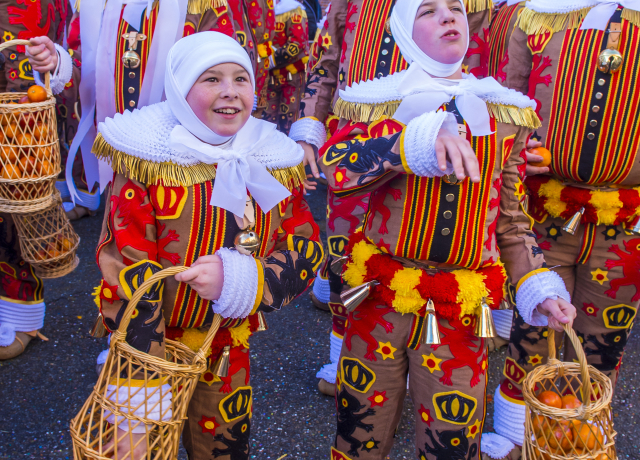European Heritage Days Article:
Celebrating Living Heritage: Preserving the Richness of Cultural Traditions
European Heritage Days Article:
Celebrating Living Heritage: Preserving the Richness of Cultural Traditions
Here are some captivating examples of European living heritage that continue to thrive and inspire.
The Carnival of Binche, Belgium:
The Carnival of Binche, held in the town of Binche in Belgium, is a UNESCO-recognized Masterpiece of the Oral and Intangible Heritage of Humanity. Dating back to the 14th century, it is an exuberant celebration characterized by the Gilles, costumed performers wearing wax masks and ostrich feather headdresses. The Gilles throw oranges into the crowd as a symbol of good luck. The carnival highlights the town's rich cultural heritage, fostering a strong sense of community and preserving ancestral traditions.
Flamenco in Andalusia, Spain:
Flamenco, a passionate and expressive art form, originated in the Andalusian region of Spain. Rooted in Romani, Moorish, and Spanish traditions, Flamenco encompasses guitar playing, singing, dancing, and handclapping. It represents the soul and spirit of Andalusian culture and serves as a powerful medium for emotional storytelling. Flamenco festivals and tablaos (Flamenco venues) in cities like Seville and Granada showcase the vibrancy and enduring legacy of this living heritage.
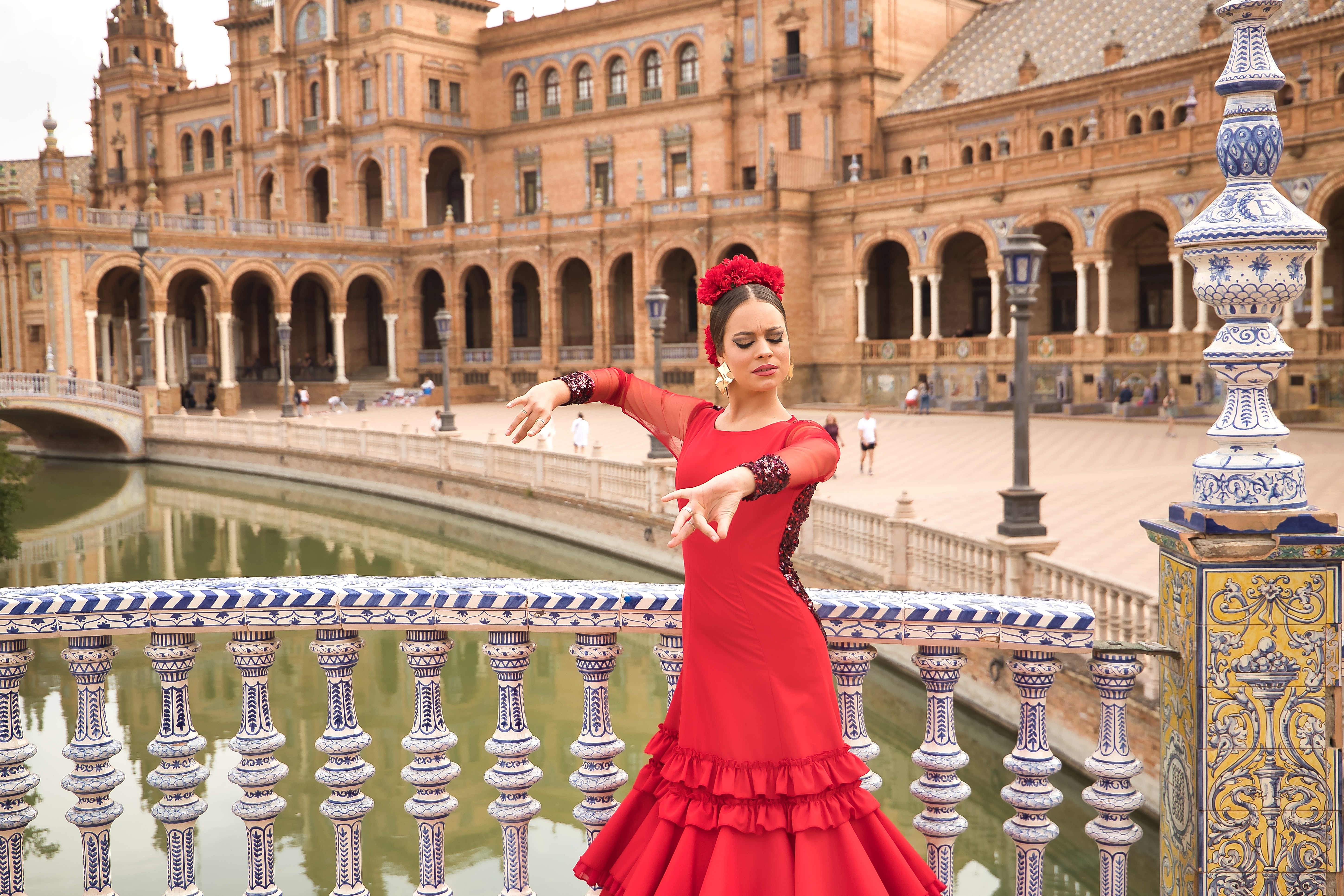
The Art of Pysanka, Ukraine:
Pysanka is the art of Ukrainian egg decorating, where intricate designs are hand-drawn on eggs using wax and vibrant dyes. This ancient tradition is rooted in pagan rituals and has been passed down through generations. Pysanka eggs feature symbolic motifs and patterns representing fertility, protection, and spirituality. The art of Pysanka is not only a testament to the creativity and skill of Ukrainian artisans but also a cherished symbol of national identity and cultural heritage.
Bulgarian Kukeri Rituals, Bulgaria:
The Kukeri rituals in Bulgaria are an ancient pagan tradition performed to chase away evil spirits and bring good fortune and fertility to the community. Participants, wearing elaborate costumes made of fur and bells, parade through the streets, performing rhythmic dances and rituals. The Kukeri rituals are a captivating display of folkloric traditions, preserving the rich cultural heritage of Bulgaria's rural communities.
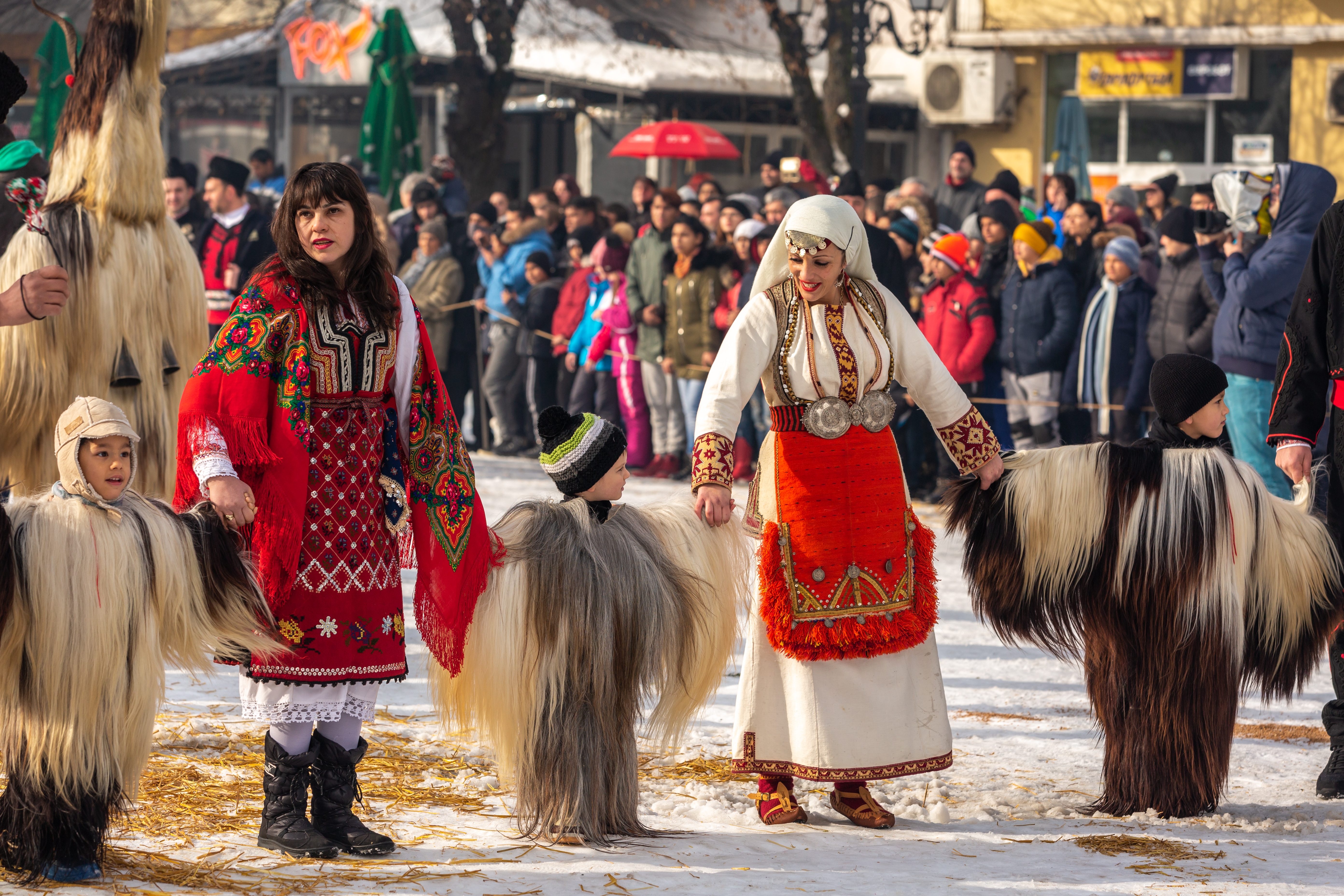
The Sistine Chapel Ceiling, Vatican City:
Located in Vatican City, the Sistine Chapel is renowned for its awe-inspiring ceiling painted by Michelangelo. Completed in the early 16th century, the frescoes depict biblical scenes and have become iconic symbols of Renaissance art. The preservation of this living heritage masterpiece allows visitors from around the world to marvel at the skill and creativity of the artist, immersing themselves in the rich cultural legacy of Europe.
The Highland Games in Scotland, UK:
The Highland Games, held in various locations across Scotland, offer a fascinating glimpse into the country's traditional sporting and cultural events. These games feature a range of activities, including caber tossing, hammer throwing, Highland dancing, and bagpipe competitions. The Highland Games not only showcase the physical prowess and skills of the participants but also serve as a reminder of Scotland's proud heritage and the enduring spirit of its people.
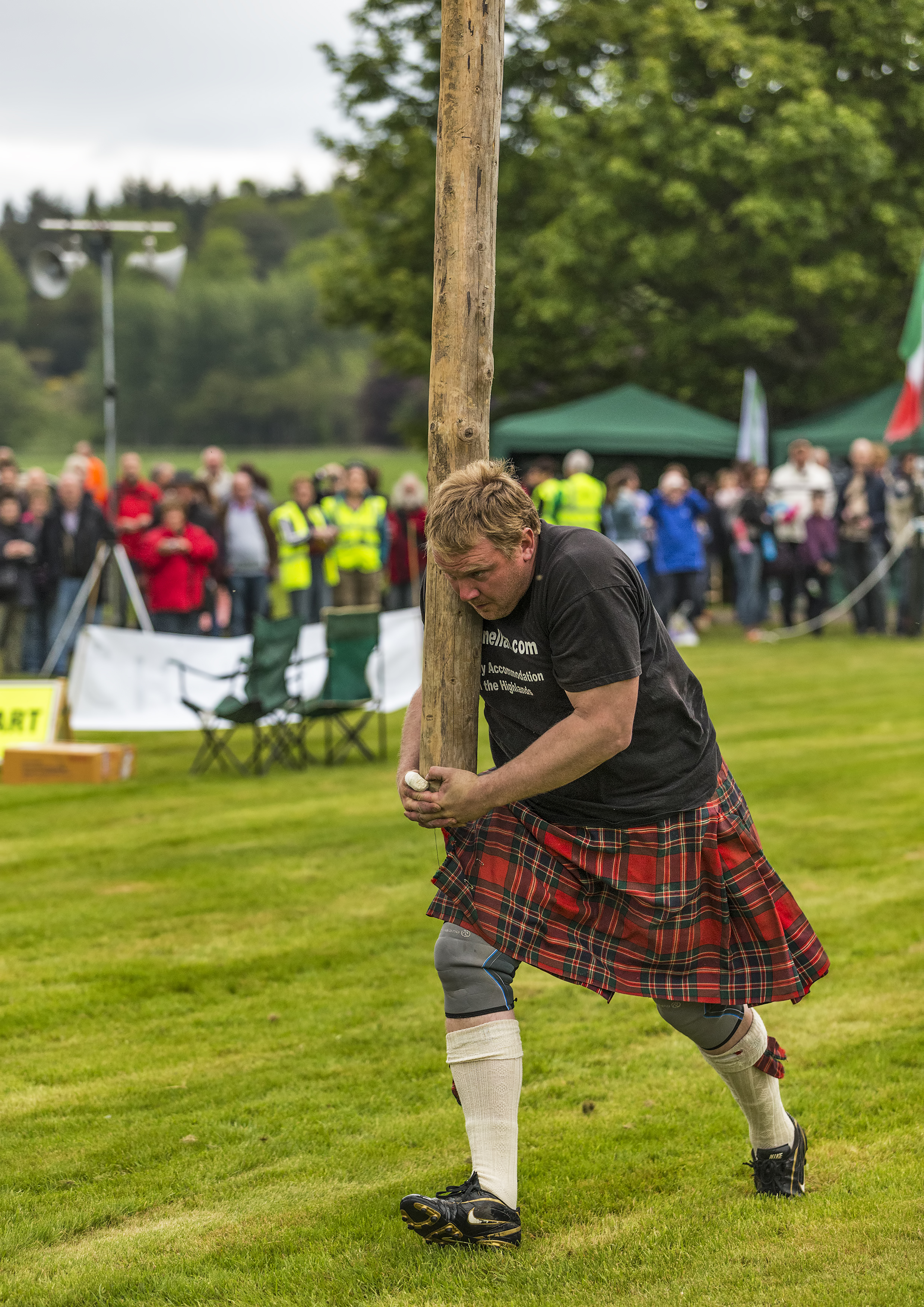
Song and Dance Festival, Latvia:
The Latvian Song and Dance Festival, held every five years, is a spectacular celebration of Latvian cultural heritage and unity. It brings together thousands of participants, including choirs, dancers, and musicians, who showcase traditional Latvian folk songs, dances, and costumes. The festival serves as a powerful reminder of Latvia's resilience and cultural identity, while also fostering a sense of community and pride among its participants and attendees.
Traditional Dutch Windmills, the Netherlands:
The Netherlands is known for its iconic windmills, which have become synonymous with the country's landscape and cultural identity. These traditional windmills served various purposes, such as grinding grain, sawing timber, and draining water from low-lying areas. Today, many windmills have been preserved as museums, allowing visitors to experience the engineering marvels and understand their historical significance in shaping the Dutch way of life.
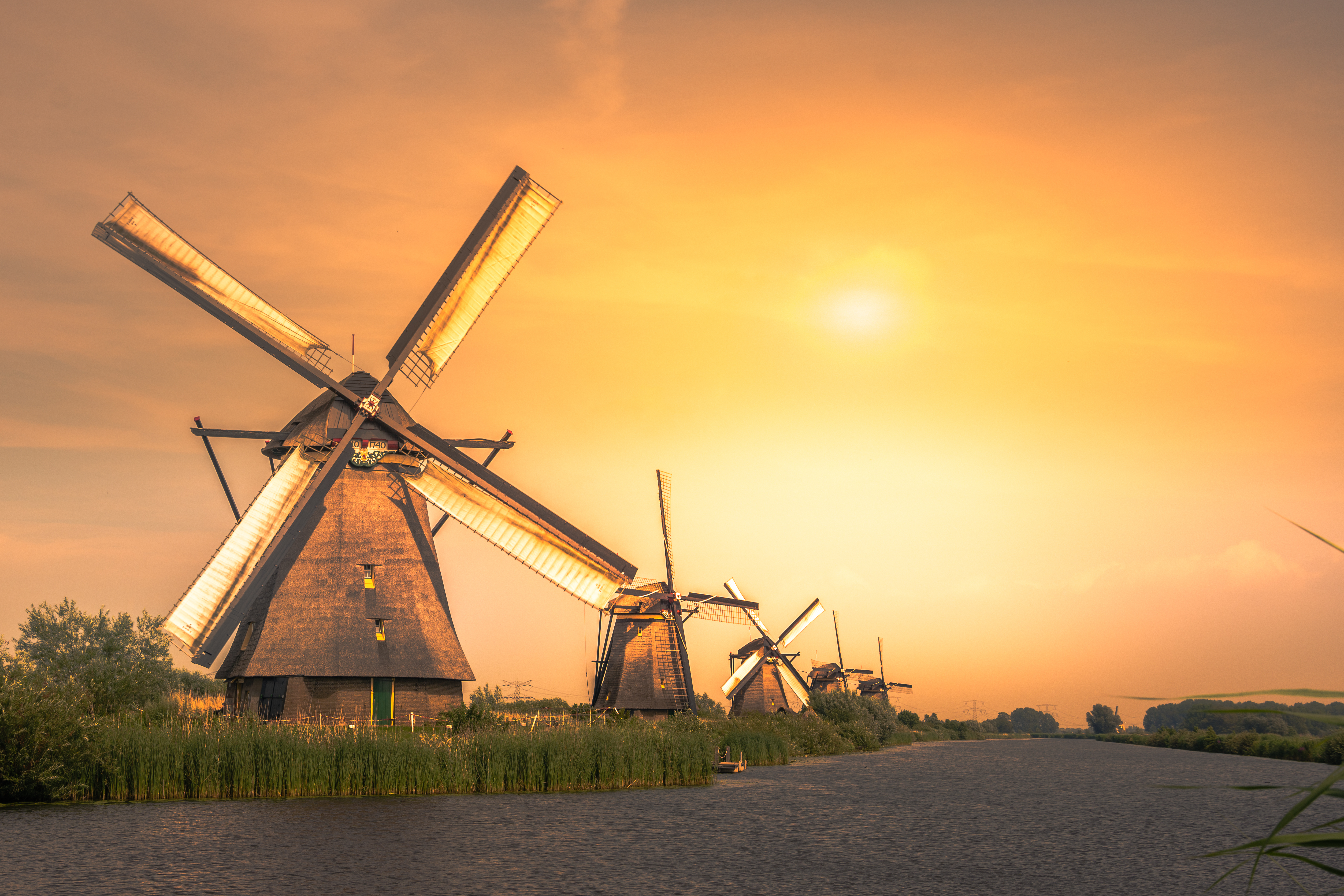
From flamenco in Spain to windmills in the Netherlands, these living heritage practices continue to thrive, preserving the richness of Europe's cultural heritage and captivating the world with their beauty, artistry, and historical significance. By appreciating and safeguarding these traditions, we contribute to the preservation and celebration of our shared human legacy.
